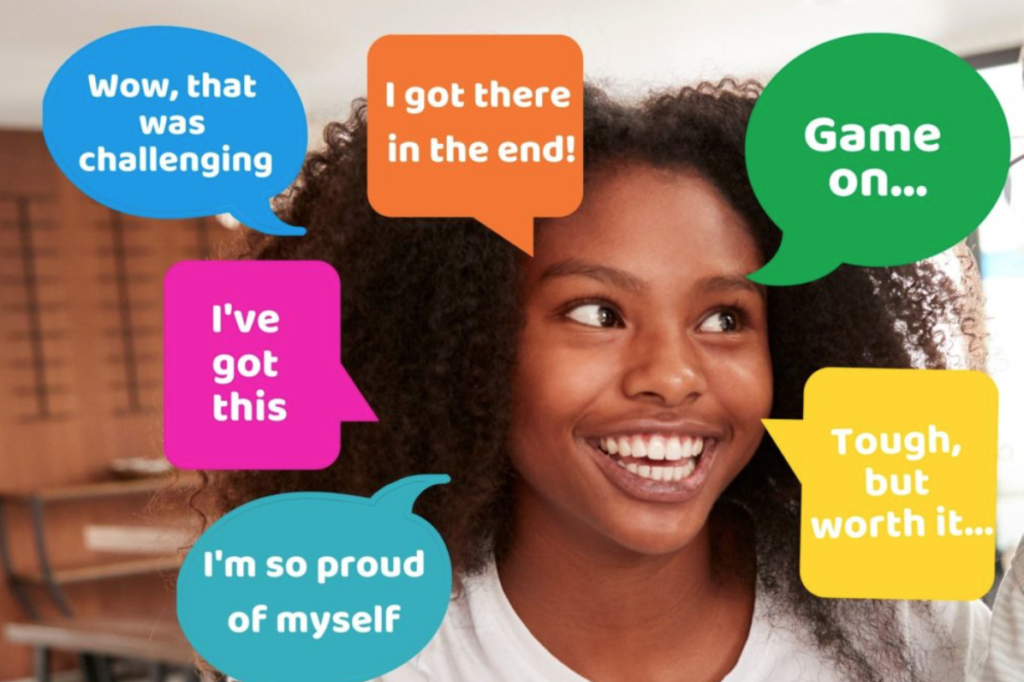Recent research has made significant discoveries in the understanding of what makes children want to take on challenges and why they can become afraid of making mistakes. And consequently, the effect this can have on their confidence, self-esteem and level of resilience.
For ten years, psychologist Carol Dweck and her team at Columbia and Stanford examined a group of primary school children and focused on how they responded to praise. She discovered that children tend toward one of two mindsets:
- The first is a fixed mindset, when a child believes that his or her intelligence is ‘set in stone’ and will therefore only choose tasks that they deem appropriate to this level of intelligence, lest they risk failure.
- The second, healthier mindset is the growth mindset, belonging to the child who is happy to take on new challenges because they see them as opportunities for growth and new experience, even if this involves making mistakes.
The implications of a fixed mindset in children
People with a fixed mindset believe that their basic level of intelligence, skill and ability is ‘fixed’ from birth and therefore can’t be developed or improved over time. So when a child has a fixed mindset, this can affect everything from their attitude to learning and education right through to their willingness to take on new challenges or try new things.
Children are unlikely to take part in an activity, whether it be a sport or something educational, if they don’t believe that they can develop their ability and get better at it over time. They are far more likely to stick with the things that they are good at in the belief that that is where their ‘natural’ abilities lie. Because if they attempt something new and don’t get it ‘right’ first time, then this could serve as proof that they lack intelligence.
What’s a growth mindset and why is it so important?
What Dweck’s and other neuroscientific research shows is that the brain is like a muscle – it gets stronger with use. When we communicate this same message to our children and we focus our praise on things that they can control, the effect on their attitude and ability to learn is astonishing.
Helping kids to understand that the struggles we experience when we are learning new and challenging things are normal and are actually a sign of neural connections strengthening in our brains, is a powerful way to transform their attitude and their perspective. Increase of motivation, willingness to accept new challenges, and healthier reactions to failure are only a few of the benefits children experience when they understand how their brains works.
By helping children to develop a growth mindset, we are empowering them to realise that if they work hard at something, then they are very likely to improve. Once children understand that their intelligence and skill levels aren’t innate but rather nurtured and developed, they become naturally curious and are intrinsically motivated to problem-solve and acquire new knowledge and skills through sustained effort and hard work.
Therefore, our job as parents is to encourage our children’s natural curiosity about the world around them, and allow them to make mistakes and learn through practice, repetition and the process of trial and error. In doing this, we are maximising our child’s chances of developing a lifelong love of learning and education.
